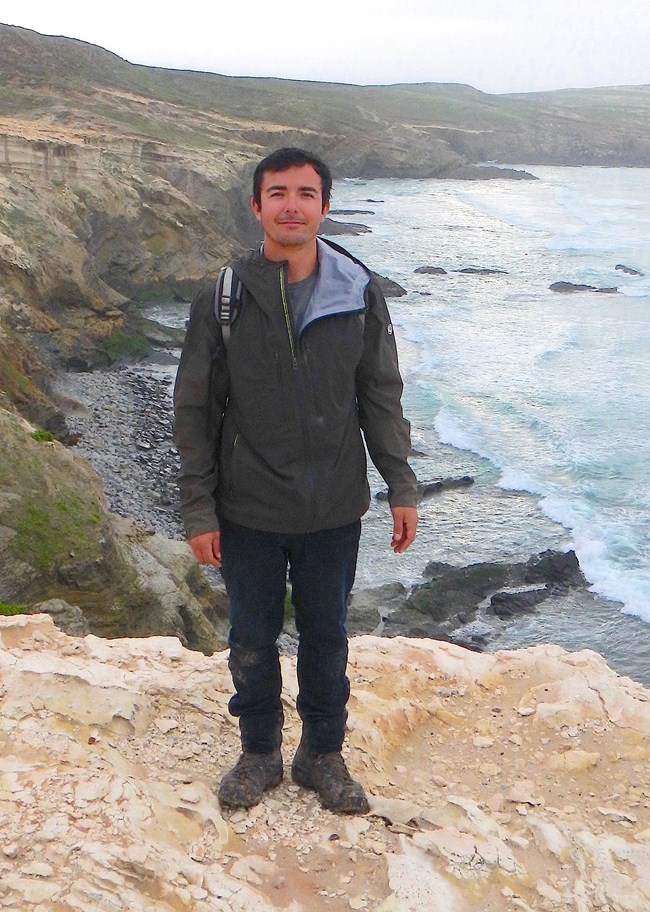
Chapter 5
Brian Holguin, doctoral student in archeology at the University of California, Santa Barbara and a Santa Ynez Chumash, discusses contact between Chumash on the mainland and the Channel Islands.
Contact between island and mainland Chumash communities has taken place for thousands of years. Our ancestors would make year-round journeys back and forth across the channel to visit family, find marriage partners, and exchange goods, some of which may have been in short supply or not locally available.
Our Gabrielino/Tongva neighbors living on the southern Channel Islands likely traveled to and from the mainland for similar reasons, and even ventured up north to visit the Chumash on the mainland and the northern Channel Islands.
Strong connections between island and mainland communities were necessary for access to certain trade items and were often created through marriage. After marriage, some islanders would move to other islands or to the mainland, but they would occasionally return home to visit their relatives.
On the Channel Islands, archeologists find arrowheads and other tools that are made from types of stone or bone from animals only found on the mainland, while shell beads largely made by island communities are found in archeological sites throughout California, the Great Basin, and Southwest.
Channel crossings were dangerous for a variety of reasons, so paddlers needed a sturdy boat and a strong understanding of ocean currents to safely transport their cargo to its destination. The Chumash used a few types of boats, but the best suited for transporting people, food, and trade items was the plank canoe, or tomol. Tomols were manned by several expert paddlers who were capable of propelling the watercraft between the islands and mainland in a single day, weather permitting.
Chumash boat builders were part of a small group or society commonly referred to as the Brotherhood of the Tomol. The appearance of redwood planks, large drills, and a higher frequency of bones from large fish species in archeological sites suggest the first tomols were built about 1,500 years ago. The Gabrielino/Tongva people navigated the ocean using a similar boat called the ti’at and, like the Chumash, were expert paddlers adept at swiftly traveling to and from the mainland.
The Channel Islands are thought to be the origin of the Chumash people, so it is no surprise they are home to the oldest archeological sites in the Chumash region. The Channel Islands are a very important part of our heritage and our identity, and although there are no longer Chumash communities living on the Channel Islands, we continue to have a strong connection with them.
-
Listen to chapter 5 entry
Learn about contact between the Chumash on the mainland and the Channel Islands.
Last updated: April 23, 2025
